We are accustomed to keeping away from any distraction when we are driving, to increase road safety, but we must not forget how technology and virtual applications can help drivers.
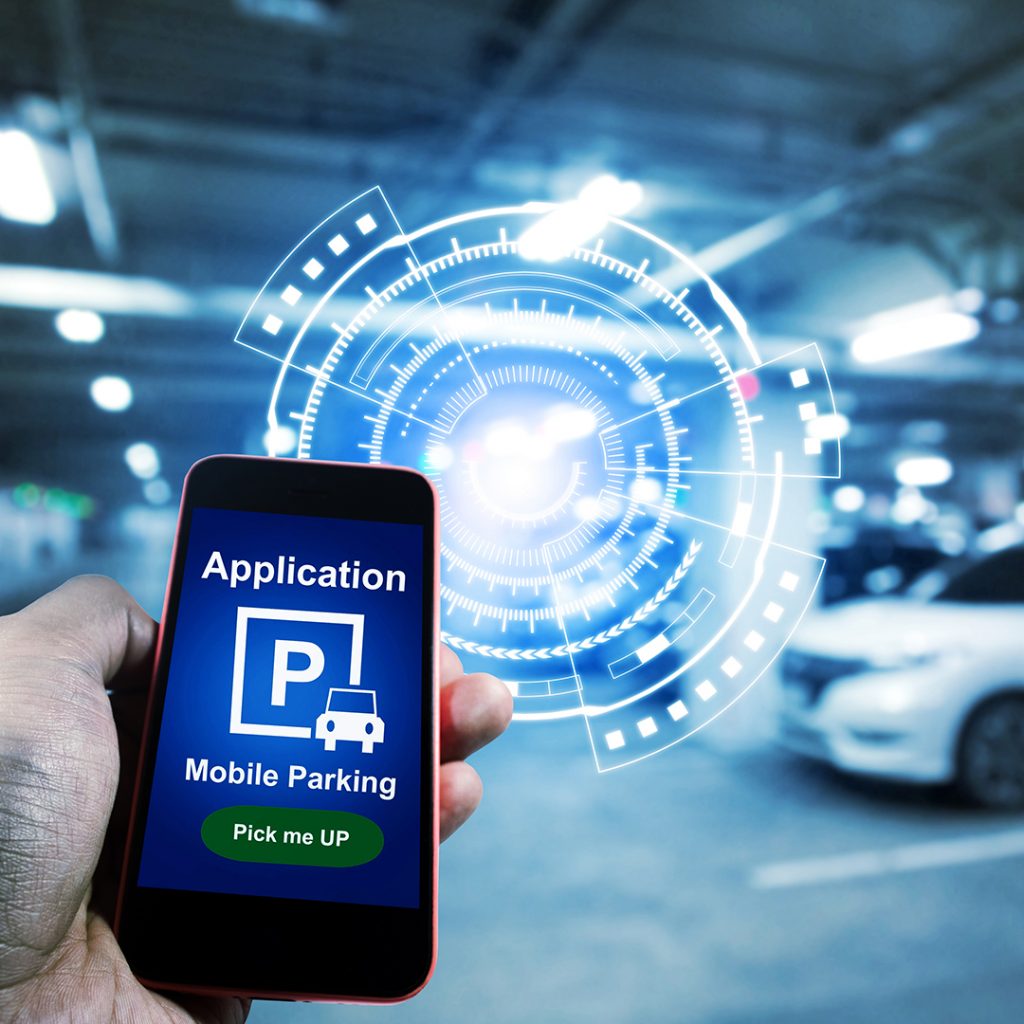
The mantra is clear: stay away from your phone whilst driving. This device, which has vampirized our attention in every facet of life, is a distraction when driving. Oversights and recklessness when using it can have serious consequences. However, we can have a healthy relationship with this device. Phones offer an opportunity to make driving easier: in some cases they are not an enemy but an ally.
As with all technology, there is a not insignificant positive factor. The advances in both on-board systems and the devices that we carry in our pockets can improve the driving experience. Just as artificial intelligence has gained a foothold in certain domestic tasks, with cars we can see the advantages of the computers installed in it and the virtual applications offered by mobile phones.
Examples abound. Do you want to reserve a parking space? Or perhaps extend your stay in a paid parking lot? And what about fuel prices comparison apps that allow you to choose the best option? All these things that not so long ago could become a nuisance have a simple solution. It is a cliché, yes, but it is all at your fingertips.
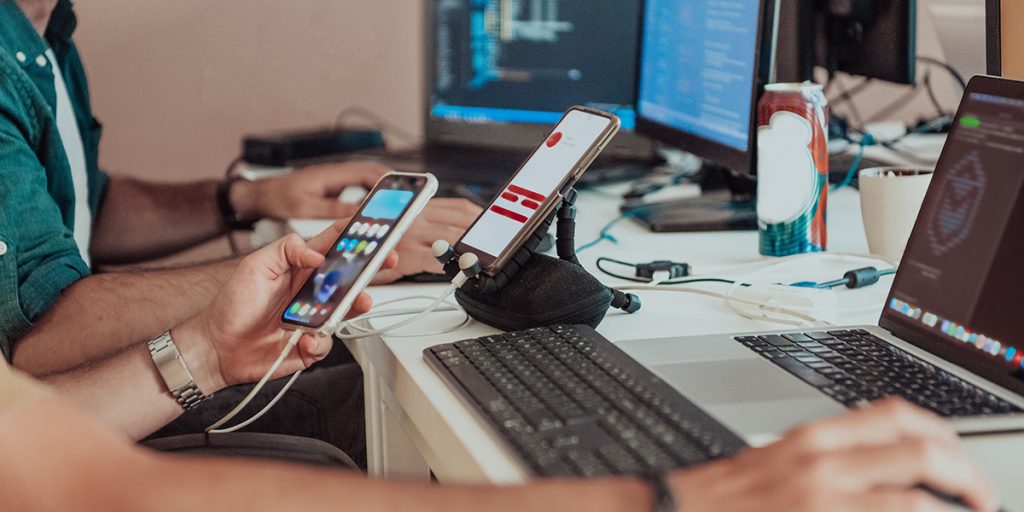
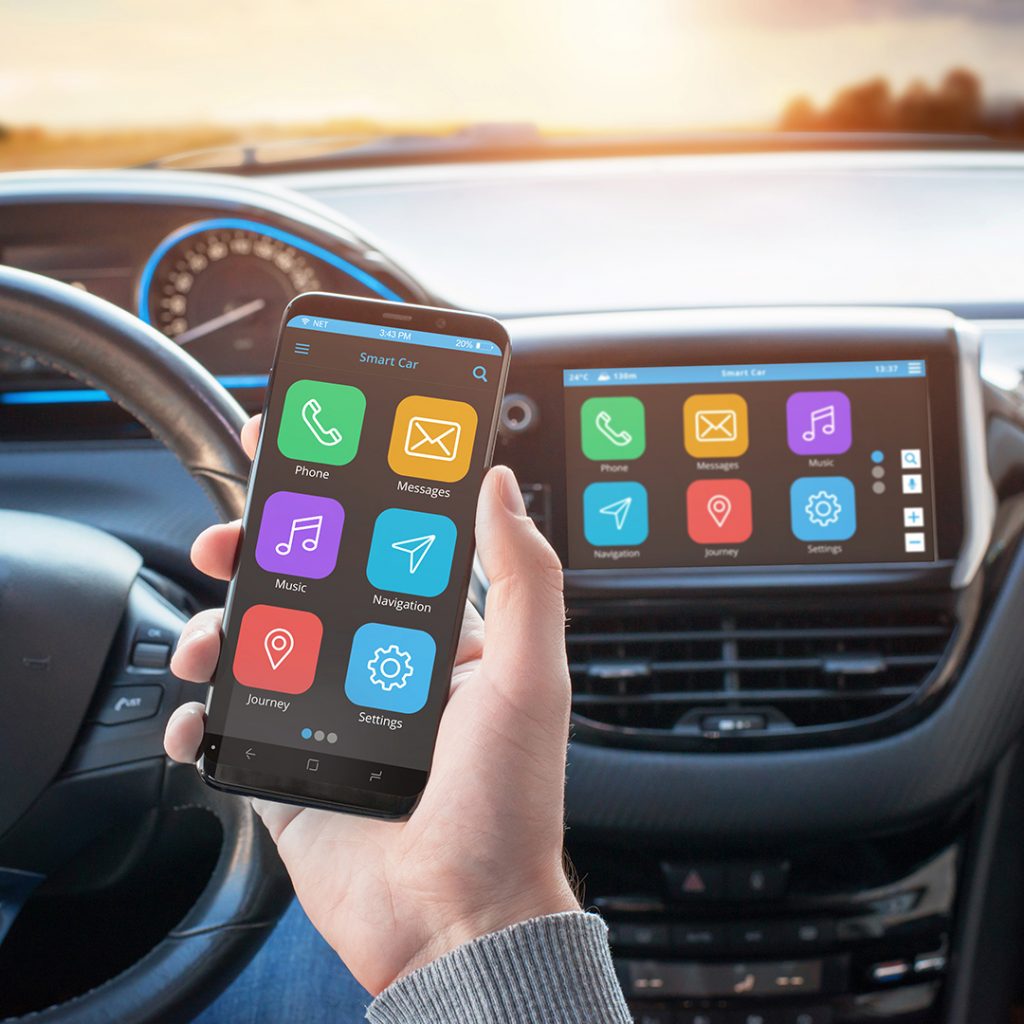
By tapping a screen we can find out which route will help us avoid traffic jams. And where the nearest gas station is. And even how to avoid tolls. There are dozens of apps. One of the most requested now is Waze, a browser that is updated on a community basis. Or one that acts as a travel guide, showing places of tourist interest, like Roadtrippers. Even official ones, such as those of each state agency in charge of providing data on the state of the roads, helps us be aware of the latest news, accidents or roadworks.
And from CDs or cassettes, which had to be changed and lived among a jumble of covers, we have moved on to endless playlists that can be selected simply with your voice. Not only are there cars that already include applications like Spotify, but there are also devices that can be incorporated into the vehicle to link it to our smartphone. So that means there are even more songs available, either through this route or by using apps like Ivoox and YouTube.
María Fernanda Candiales, product director of Parclick, lists more digital allies, such as that offered by her own company: reserving spaces in garages at a discount, changing them, knowing where the car is and securing the space through the site (according to a survey carried out by the company itself, 54% of drivers claim to have forgotten where they had parked more than once).
“The applications have already been installed in the car,” she says. “And not only that: we are seeing that each one adapts to the model.” The specialist sees many advantages and points out that the greatest progress can be seen in artificial intelligence and voice recognition. “Everything is becoming more intuitive, more interactive and easy,” she adds.
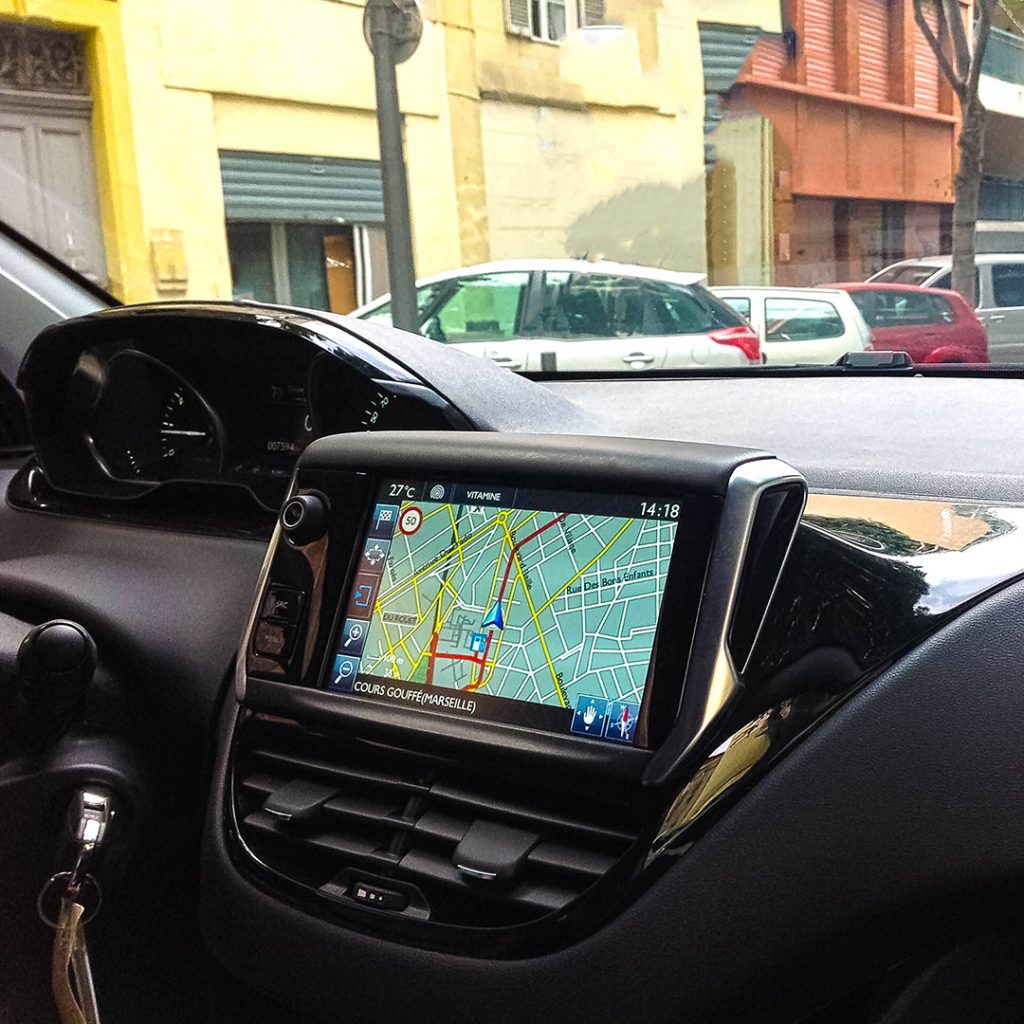
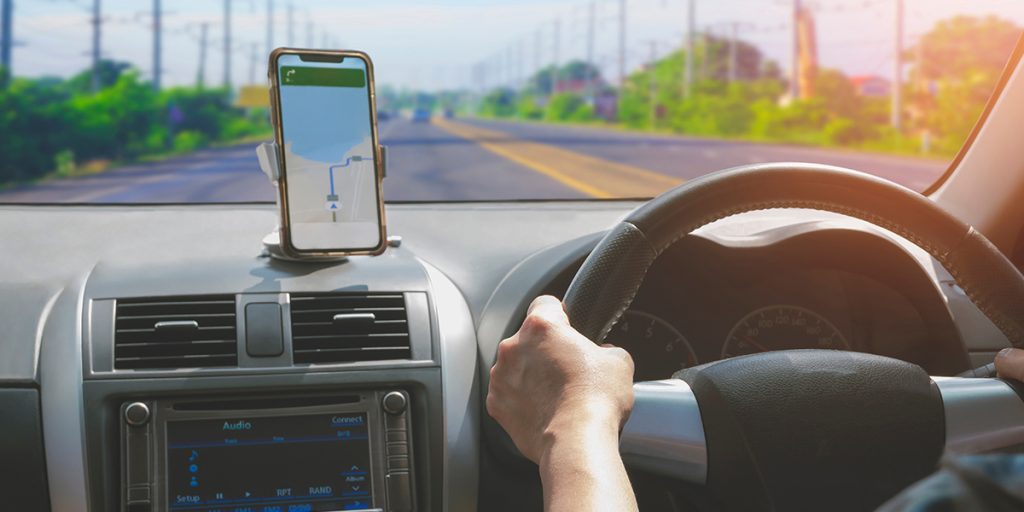
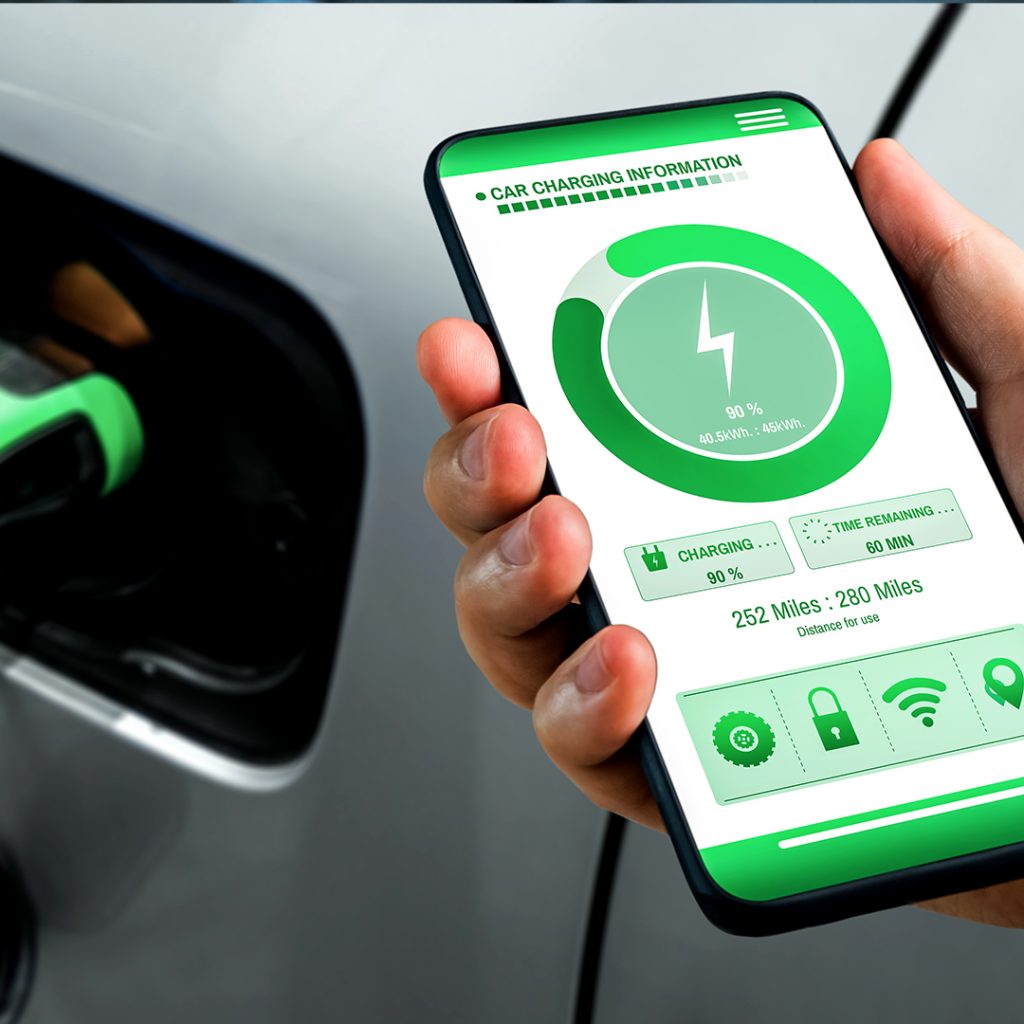
“We have to think that they are already part of us. GPS is something that almost everyone already uses. Before it was a matter of trial and error. And now you can see restaurants, gas stations, health centers… You save a lot of time,” she says. They are so helpful that, in some cases, they can be counterproductive, as Candiales warns: “You get used to them, and it can reduce your ability to act on your own. It is clear that this may be one of the collateral damages of technology, but it is inevitable: this is what evolution is about, and the balance remains positive,” she clarifies.
Within this technological support, says the specialist, there are two trends: devising applications so that they can later be included in cars, and designing them with a specific car in mind. “In any case, we are moving towards much easier driving,” she explains. A lot has already been achieved, but there is a long road ahead. A quick way of thinking about it might be Hatomico, an acronym, in Spanish, for I Do Everything While You Drive: an assistant for managing phone functions while driving. It allows us to configure it, being able to automatically pick up the phone or hear incoming messages without having to touch the device.
“Before, it might have seemed like something for young people, but it is now being extended to all ages,” says María Fernanda Candiales. The Parclick team member repeats one of the phrases they use in the company: “Apps are the best co-pilot.” What used to be done by the person who sat next to the driver is being transformed into programs that warn users of the next exit, control speed, the cost of the trip and even give warnings about maintenance.
Cars are getting smarter, like phones. They even go so far as to “take care of themselves”, as they say at the NewLink consultancy. “Technology is advancing by leaps and bounds and we already find vehicles that boast interactive games, windshields with augmented reality that show additional information on the road or voice assistants integrated in the car itself. Until these technologies reach everyone, we can always turn our phone into the best co-pilot”, they conclude.